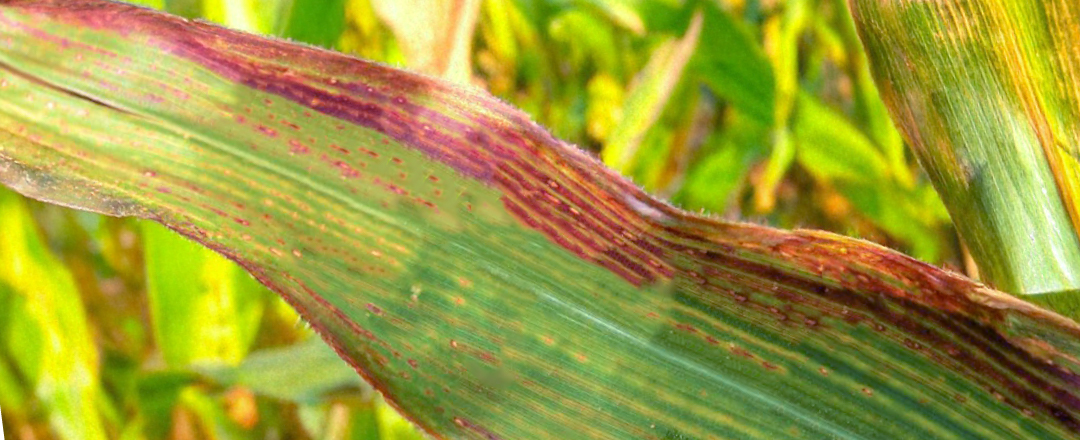Scouting is one of the simplest but most important tasks to complete during the growing season. You may notice some telltale signs of nutrient deficiency as you walk corn and soybeans fields this season. Unfortunately, some yield is already lost once visible signs of deficiencies are noticed. Though a rescue nutrient application may help, finding a deficiency is best used as an opportunity to learn and make adjustments for next year. You can start planning for any necessary fall fertilizer applications or crop nutrition needs next spring by collecting field data and associated location information now.

Here are some scouting tips to help mitigate early-season deficiencies:
Start with an overhead view
When possible, start with satellite, aerial or drone imagery to identify areas of concern. If those tools are not readily available, consider a zigzag pattern or scouting from the highest point in the field to identify areas with color or height differences.
Take a closer look for pests
Begin from the ground up when looking at crops close up, keeping an eye out for pests and changes in leaf tissue or discoloration. Disease and pest damage can often induce a yellowing or discoloration of leaf tissue, so it’s important to scout accurately and thoroughly, and to use a trusted advisor or high-quality references to accurately identify the problem. Keep a close eye out for pests, such as two-spotted spider mites in corn or evidence of cyst nematodes in soybeans. Both can cause yellowing of a plant and may be confused with nutrient deficiencies if not properly investigated.
Discover what nutrients are deficient
Understanding how each nutrient behaves in the soil and in the plant is important for balanced crop nutrition and associated scouting observations. When nutrients are plant-mobile; meaning they can be moved by the phloem, the lower/older leaves will express deficiency symptoms first; whereas nutrients that are not plant-mobile; limited phloem mobility, signs appear in the newer leaves.
Sample your soil
Soil sampling, along with seasonal crop scouting and tissue sampling, will help determine where deficiencies are taking place and their level of severity. Note that soil sampling should be conducted at the same time every year with your retailer to help year-over-year management practices.
Pull a tissue test
If you have identified a visual problem spot, one diagnostic tool worth using is tissue testing. This can provide a snapshot of what’s happening at a particular point in the growing season. Pull leaf tissue samples from a bad area and from a good area, then send samples off to your lab for an analysis to support your visual observation of a particular nutrient deficiency and quantify it.
Scouting and other management practices provide an opportunity to have a conversation with your retailer about developing a plan to mitigate issues next year, by making a crop nutrition plan to fix areas in your fields that may be lacking in key nutrients.
©2020 The Mosaic Company. All rights reserved.